The collection of whether or not or not or not or to not repot your houseplant from its distinctive plastic pot may be tough. It’s tempting to look to the net for simple choices and a rule of thumb, supplying you with a particular timeframe to finish the duty.
Nonetheless, similar to how houseplants are usually not watered at express intervals—and might in its place obtain water as wanted—there is no such issue as a set time for a way extended your new pothos or fern ought to protect in its nursery pot.
If it seems glad, there’s an excellent chance you may go away it alone for a yr, and even maybe far more. Alternatively, if you happen to’ve acquired a cactus in a plastic pot with muddy soil and rocks glued on prime—you could take emergency measures.
There’s heaps to contemplate when making your choice. We’ll stroll you thru the thought course of, so you may defend your houseplants glad and healthful for years to return, presumably of their distinctive plastic pots.
The Transient Reply
How extended can you enable houseplants of their distinctive plastic pots? It really relies upon upon, and there’s no transient reply. There are fairly just a few components that resolve how extended a houseplant will proceed to develop and thrive in its plastic pot, and whereas some vegetation might income from repotting ASAP, others could also be alright for quite a lot of rising seasons—even maybe years.
The Extended Reply
Usually, when figuring out whether or not or not or to not repot a healthful houseplant that you just simply merely’ve been rising for a while, there are quite a lot of most vital components that you just simply merely take into consideration:
- Has the plant outgrown its present pot, as evidenced by roots rising out of the drainage holes or above the soil line?
- Might it income from a absolutely utterly totally different type of pot, e.g., clay, ceramic, or plastic, offering extra air circulation to the roots or a heavier base for a top-heavy plant?
- Is the substrate notably outdated, compacted, devoid of dietary nutritional vitamins, and presumably even decaying, relying on the medium?
Nurseries, massive self-discipline retailers, and yard facilities usually promote houseplants in plastic pots, additionally referred to as “nursery pots.” Must you happen to’ve at the moment bought a plant or acquired one as a present, there may be far more to contemplate than the parts above.
Soil is Key
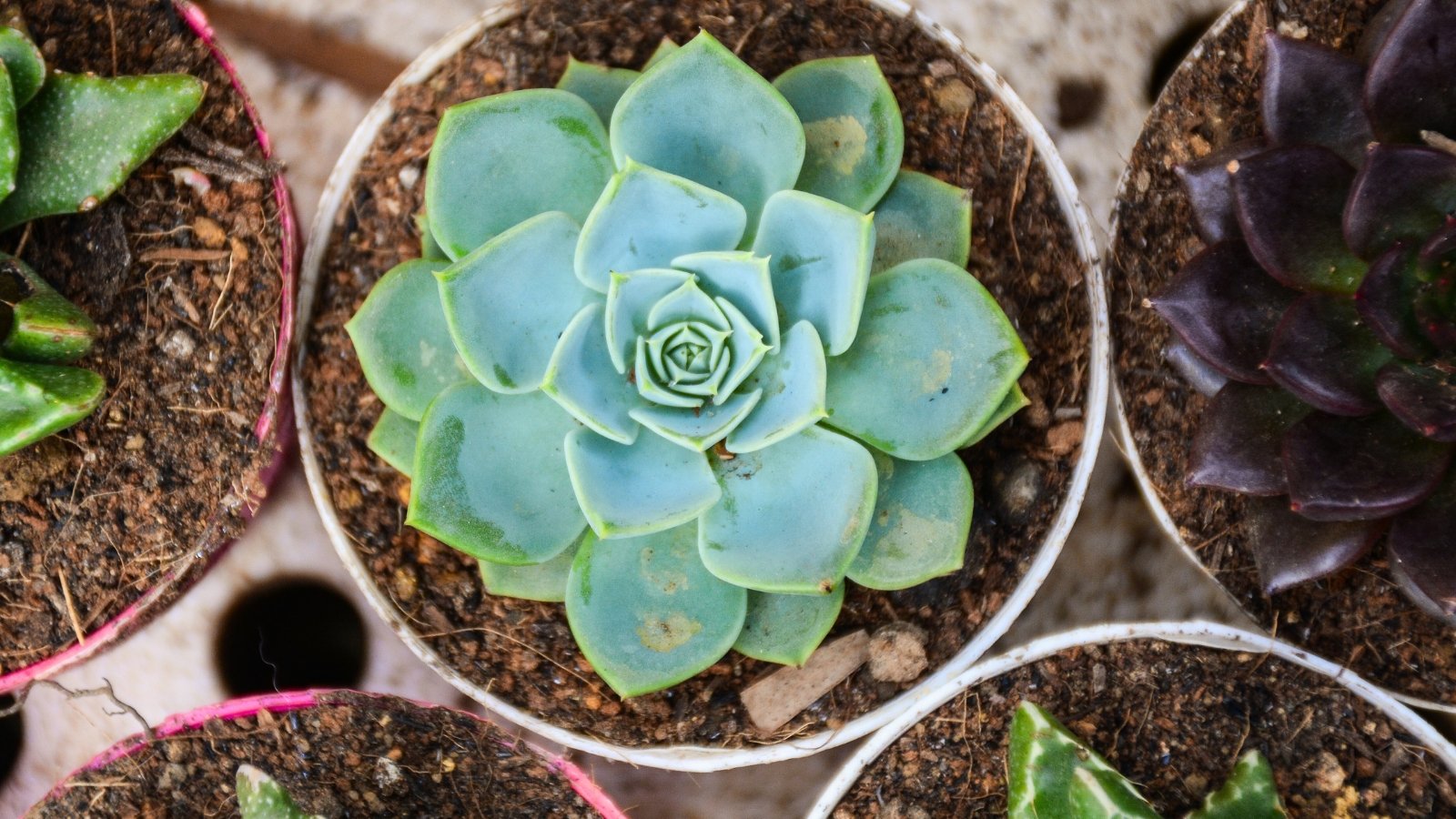

Additional important than the precise nursery pots is the soil or potting combine whereby the houseplant is rising. An intensive evaluation of the standard and whether or not or not or not it matches the needs of the plant in query is the chief concern when deciding whether or not or not or not and when to repot a mannequin new plant nonetheless in its distinctive pot.
Anybody who’s explored each the houseplant number of a boutique nursery and an infinite self-discipline ironmongery retailer can inform you: not all nursery pots (and the soil inside them) are created equal. Whereas a specialty retailer might nestle a cactus correct proper right into a plastic pot with a well-draining combine, a ironmongery retailer might stuff it in a plastic pot with all-purpose potting combine—and glue rocks on prime for aesthetic capabilities.
So, from the get-go, it’s important to acknowledge that not all nursery pot and soil mixtures are the equal, so there may be no exact rule on how extended you may go away vegetation rising inside them. As an alternative of going off a rule-of-thumb timeframe, in its place, analysis the plant’s needs, take a look at its present set-up, take into consideration its properly being, after which make your choice.
Analysis Care Wishes


Figuring out what your new plant needs is foundational in figuring out how extended it may presumably protect in its nursery pot. Must you happen to’re not accustomed to its soil preferences, you’ll have no idea if it may presumably proceed to develop in its present container or if you happen to ought to take away it sooner comparatively than later.
Must you happen to aren’t already acquainted, do some little little bit of analysis about your plant. Many frequent houseplants favor or require well-draining soil. That is the case not just for commonplace cacti and succulents nevertheless furthermore for snake vegetation, ZZ vegetation, and additional.
“Efficiently-draining” soil permits extra water to rapidly drain by, and it dries out pretty rapidly. The soil should have the facility to dry out completely before you water as quickly as additional. Common all-purpose potting combine wouldn’t drain and dry out quick sufficient in quite a lot of situations. A standard cacti and succulent combine, nonetheless, usually shall be enough.
Many tropical species shall be pleased with a main all-purpose combine, like pothos vines. Lastly, there are some frequent alternatives, together with orchids and carnivorous vegetation, which have absolutely distinctive necessities. You’ll ought to have these preferences in concepts if you get to the subsequent step.
Examine the Present Set-Up
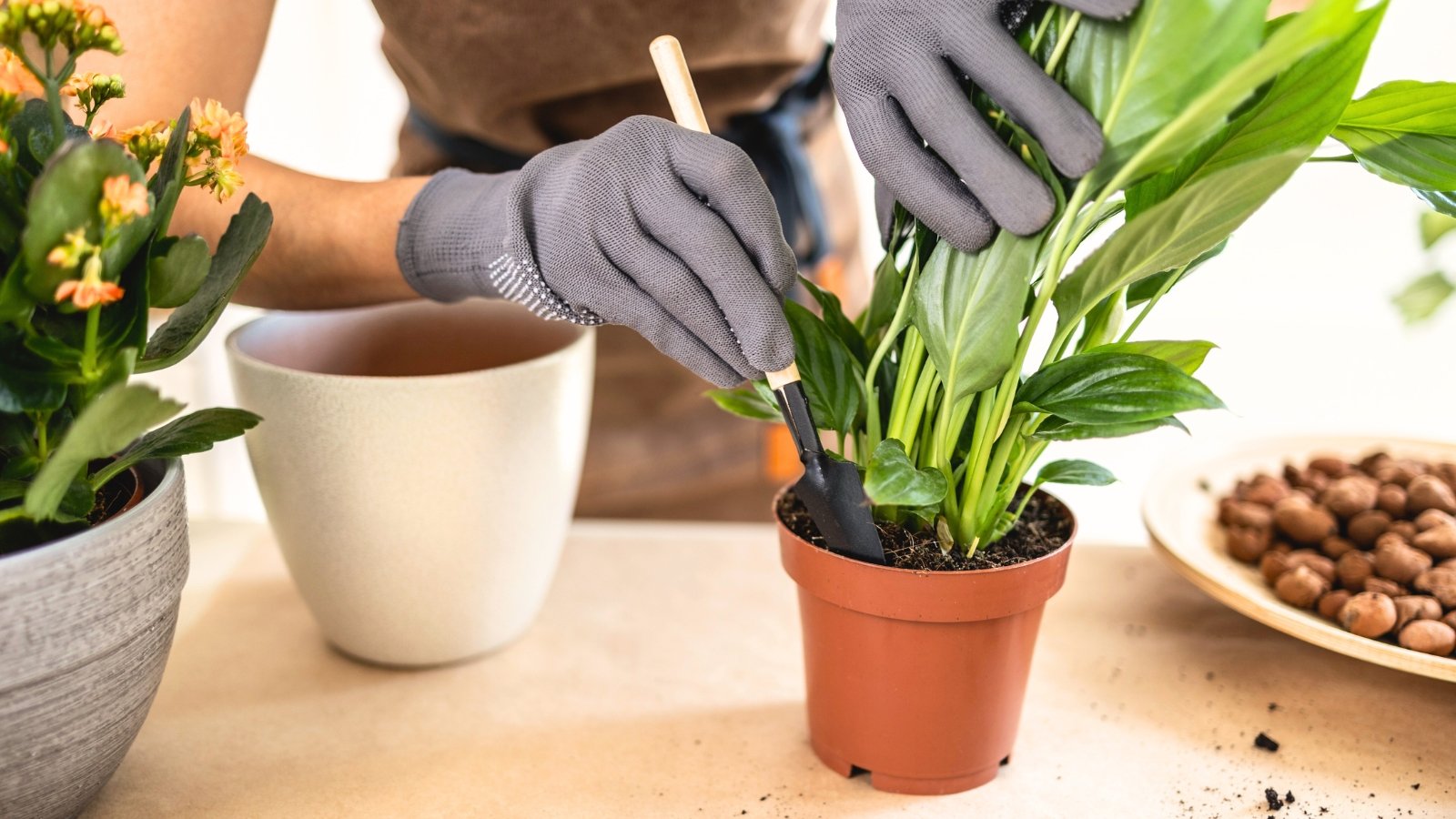

As a rule, it seems to be like like retailers pair distinctive plastic pots with moist, moisture-retaining soil, which is never the proper alternative for frequent houseplants. It’s really the mistaken alternative for cacti and succulents—which favor sandy, well-draining soil—and orchids and utterly totally different epiphytes—which don’t really develop in soil in the slightest degree and subsequently want chunky media mixes.
If you’ll buy an Aloe vera, related succulent, or snake plant and uncover it in a moist potting combine, then it is best to presumably repot it as shortly as potential. Must you happen to take dwelling an orchid that it’s in an affiliation with potting combine and houseplants with absolutely utterly totally different watering necessities, you’ll need to take away it immediately.
That talked about, there are a number of widespread species that will not concepts a heavier combine. Peace lilies and ferns favor soil that definitely not really utterly dries out, so relying on the standard of the potting combine, they might really be okay.
What about tropical houseplants that fall someplace in between? Pothos vegetation and Philodendron species don’t precisely need a cactus combine, nonetheless they don’t need to sit down in repeatedly moist soil, every. For these favorites, you’ll should make a judgment establish. If the soil is damp nonetheless water can run by, it is perhaps alright. If it’s actively moist and puddling, then it doesn’t drain efficiently sufficient.
Lastly, don’t overlook to search for a drainage gap. Nursery pots virtually at all times have drainage holes, nonetheless if you happen to seek out one with out a manner for added water to empty by, then it’s merely no good. It is important to repot the plant at your earliest comfort.
Take into consideration Correctly being
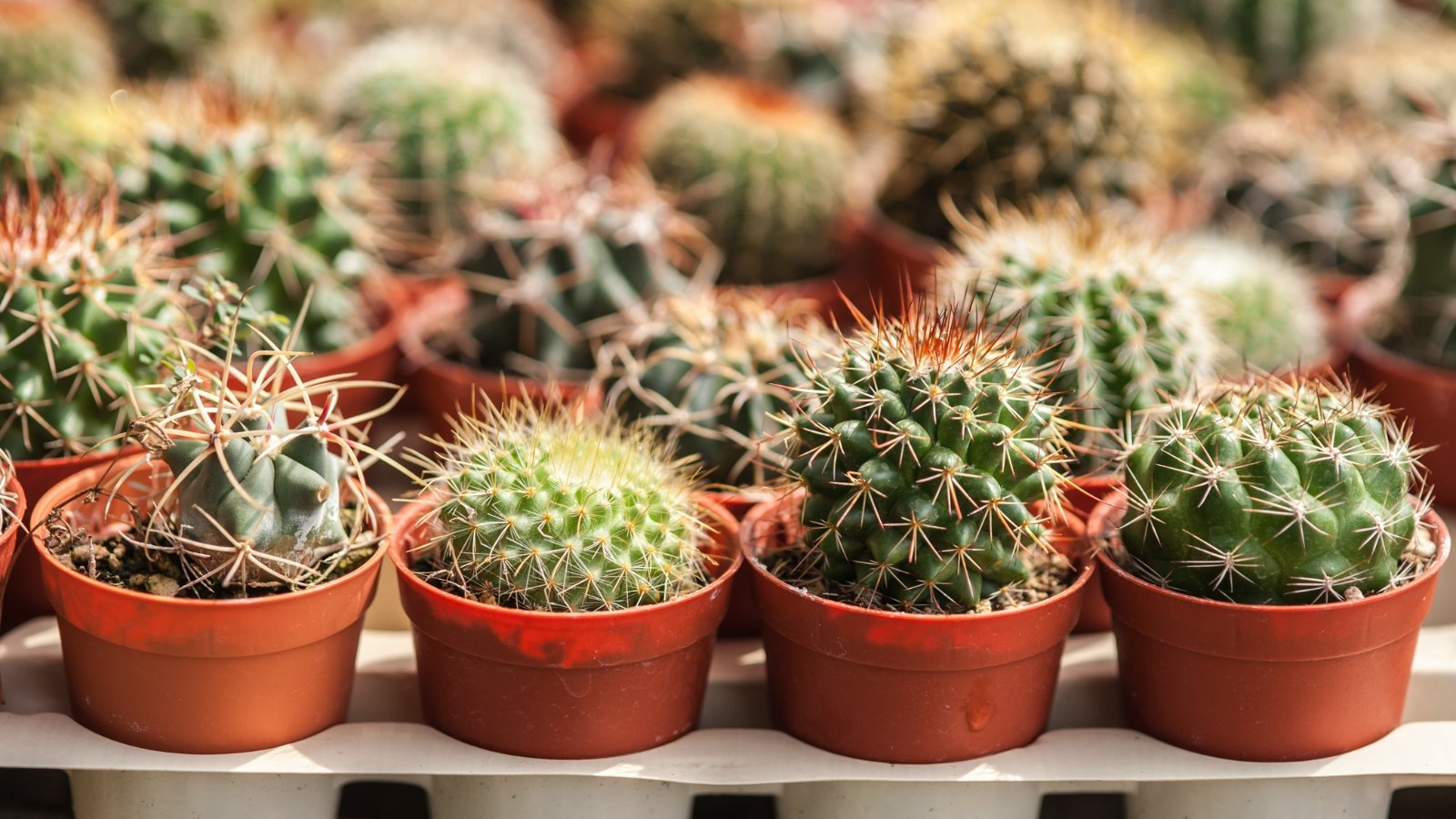

Subsequent, contemplate the plant’s properly being. If the soil appears okay to you primarily based in your analysis, and the plant seems healthful, placing on new progress, presumably blooming, and usually wanting cheery—presumably the present vessel is passable.
Keep in mind that normally houseplants will proceed to look stellar for fairly some time even in sub-par situations, so a handsome specimen is solely not at all times a assure that it’s glad in its plastic pot. If a cactus seems beautiful nonetheless is in the meanwhile sitting in a heavy potting combine, you then may’ve merely caught it before seen indicators of rot.
Alternatively, a visibly unhealthy plant is ready off for concern immediately. There are fairly just a few the rationale why it is perhaps struggling which are unrelated to its plastic pot, together with pests, illness, and incorrect setting situations at its earlier location, nonetheless there are furthermore quite a lot of circumstances that repotting can resolve.
If the houseplant is wilting, as an illustration, and also you would possibly even see that there are tons of roots poking out of the soil, then it’s prepared for a repot. It’s outgrown its outdated container. Alternatively, if a peace lily retains drooping inside days of you watering it, then it’s presumably in soil that doesn’t retain sufficient moisture. Time to repot it.
Make Your Various
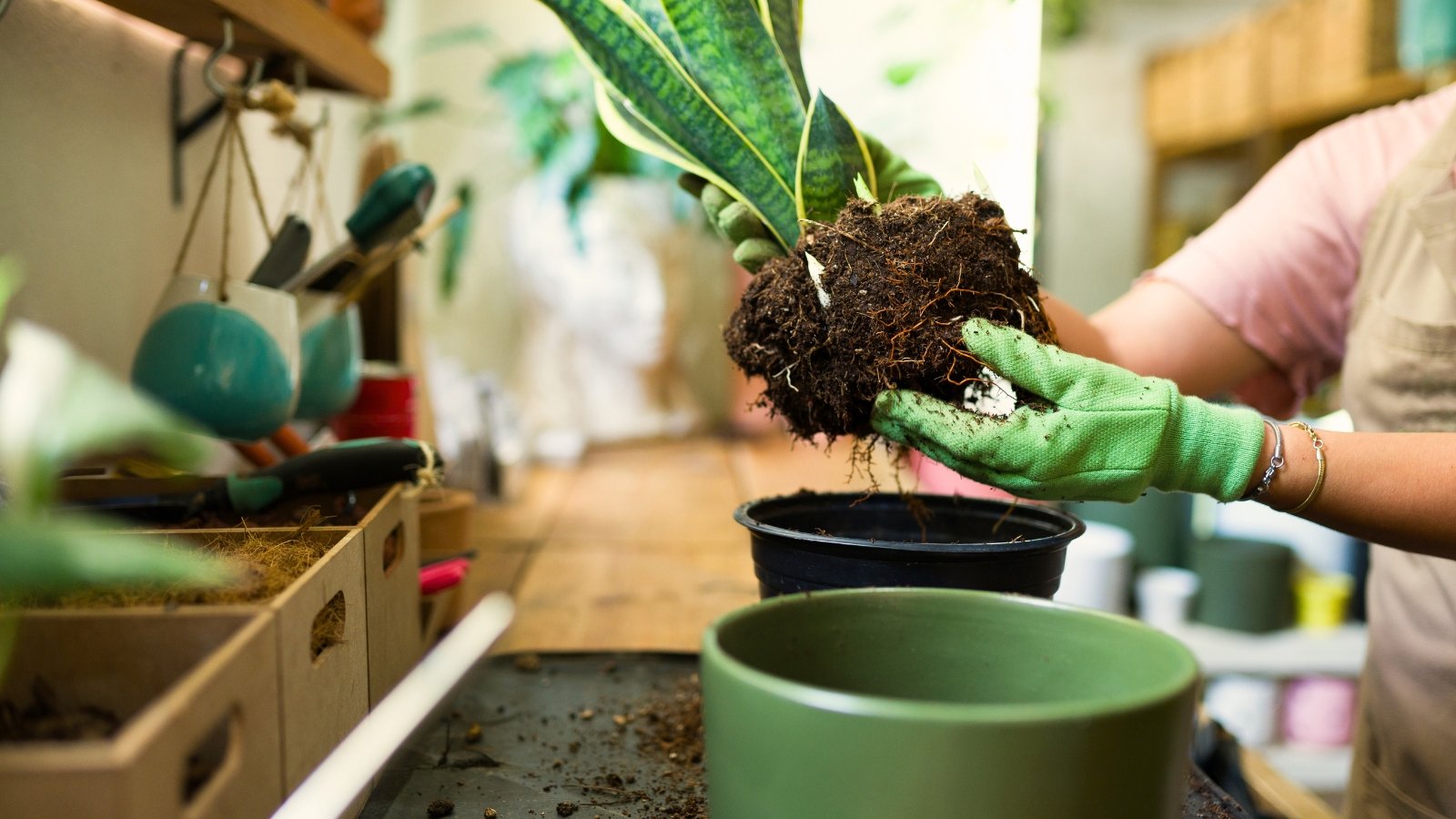

So now, with all of this data in concepts, you may determine whether or not or not or not your plant is glad in its plastic pot and the easiest way extended you may go away it as-is. There are fairly just a few situations the place houseplants can protect of their plastic pots for years, and there are furthermore situations whereby you could make a change as shortly as you may.
In case you’ve got a healthful specimen that’s flourishing in its plastic pot, there is no such issue as a set off to place a timer on factors. You don’t have to repot it into one issue new, till the plant outgrows it. Actually, shifting a healthful plant proper right into a mannequin new container or shifting it generally can result in transplant shock. Don’t trick your self into pondering the nursery pot is dangerous, if it’s not.
Frequent Low-Repairs Species
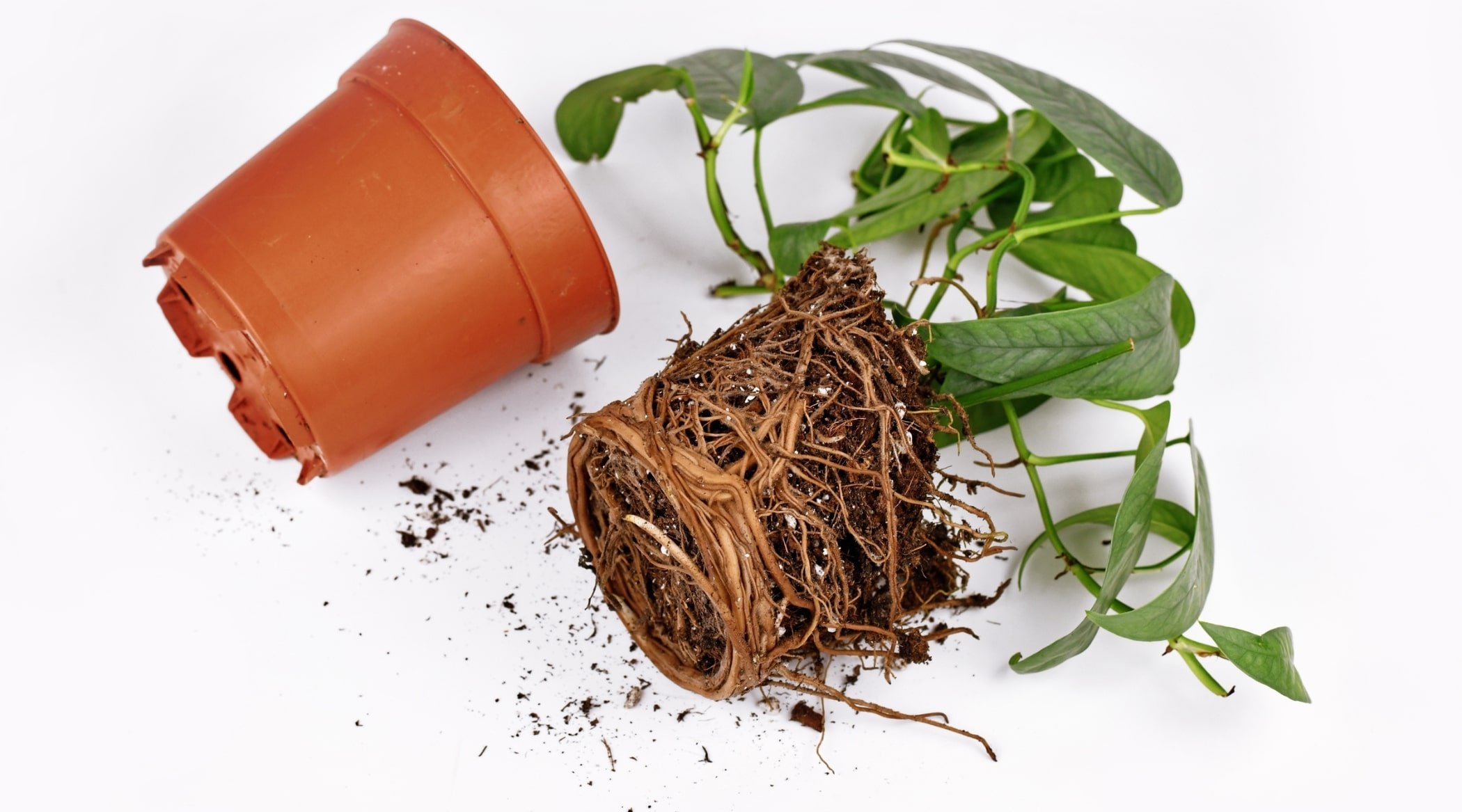

Vegetation which are just about undoubtedly to remain healthful in distinctive plastic vessels for a very very very long time are generally easy-going, low-maintenance vegetation, like golden pothos, Philodendron ‘Brasil’, and peace lilies. In case you haven’t any set off to consider these species are struggling and nor do you suppose they want additional room, merely go away them alone.
Cacti and Succulents
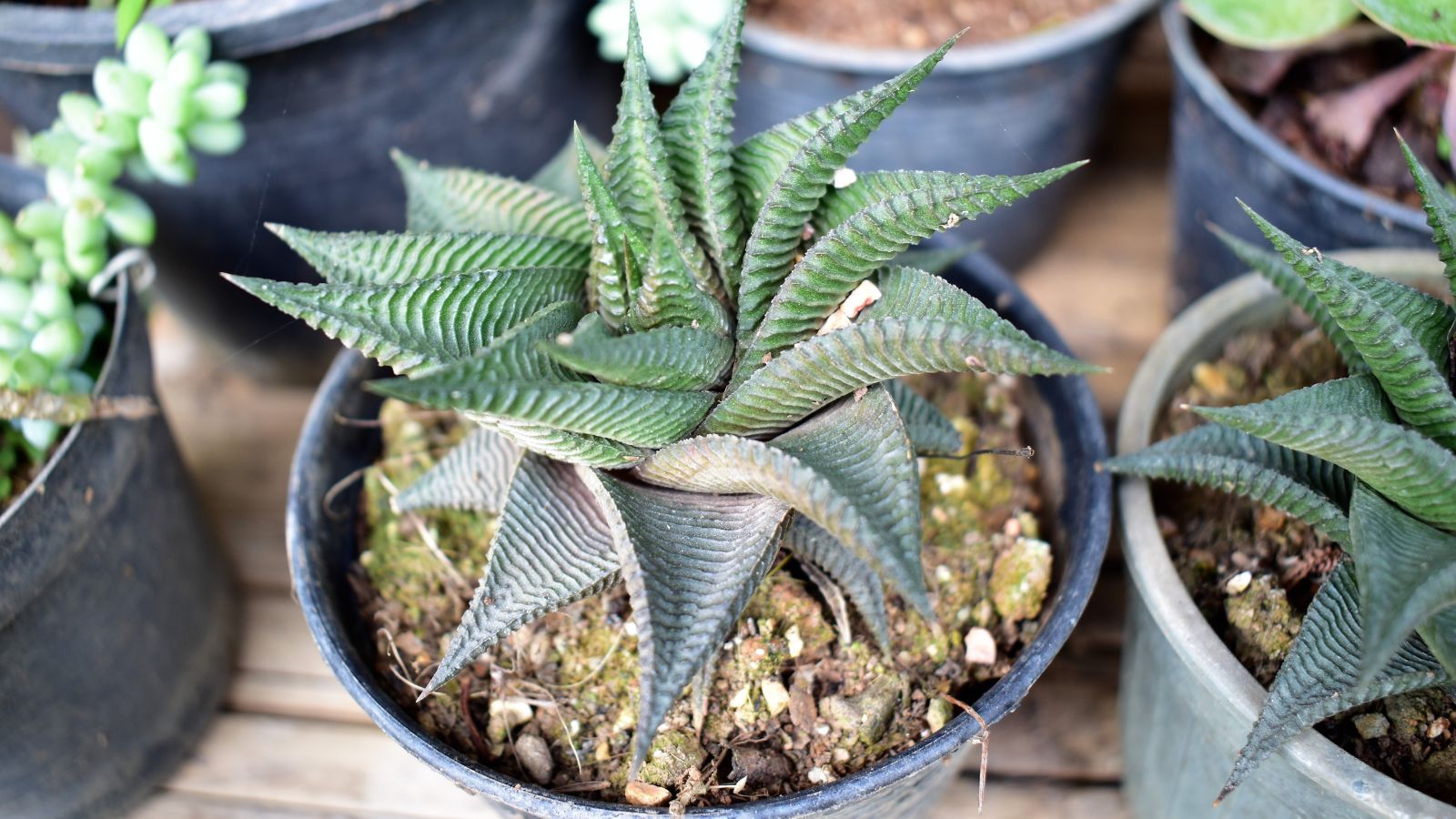

Frequent indoor vegetation which are just about undoubtedly to need repotting someday shortly are cacti, succulents, houseplants in preparations, and orchids. Cacti and succulents not solely want well-draining soil, nevertheless furthermore, they need to honestly be in terracotta or one totally different “respiratory” provides, like clay, additional rising air circulation.
Whereas houseplant preparations may be lovely and make fulfilling presents, they’re generally doomed from the beginning. A snake plant, orchid, and fern have terribly absolutely utterly totally different needs, and inside the event that they’re all planted collectively inside the equal combine and equal pot, there’s no methodology they’ll all survive. It is important to remove, separate, and repot them into related media.
Orchids and Carnivorous Vegetation
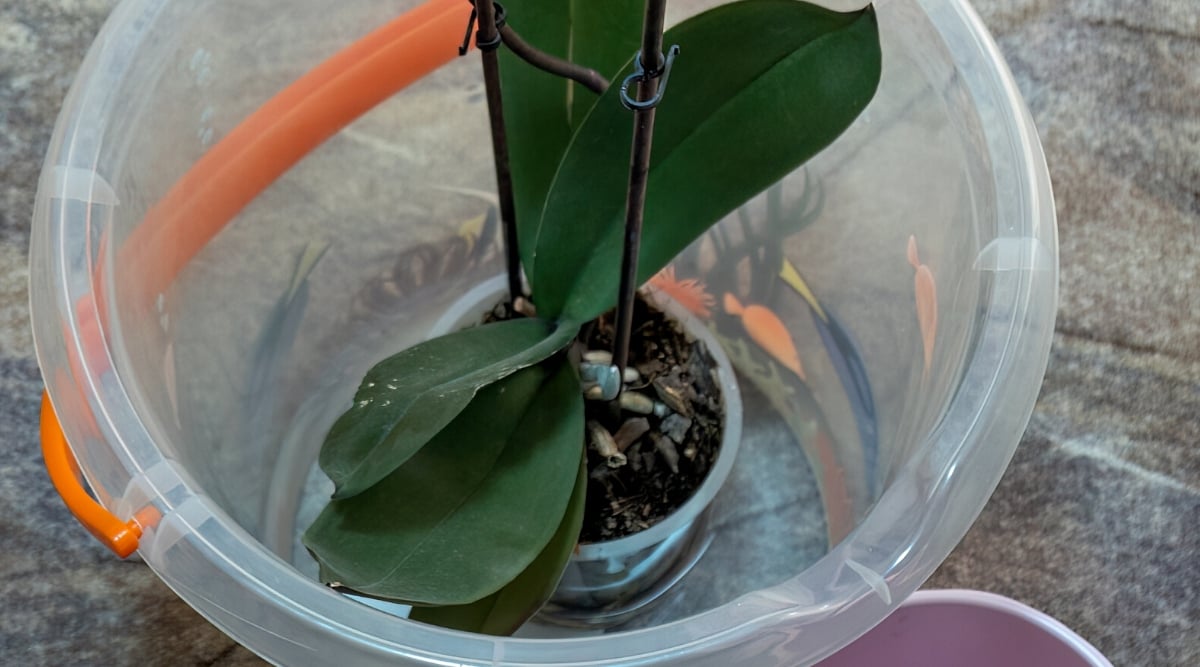

Lastly, orchids and carnivorous vegetation may be highly effective. Large self-discipline retailers generally have orchids contained in the mistaken media. Although it is determined by the species, many orchids (together with Phalaenopsis orchids), develop largest in a extraordinarily chunky orchid combine and in a pot with large slits for air on the perimeters.
Whereas your new orchid is blooming, there’s no ought to disturb it, nevertheless it definitely’s contained in the mistaken medium and in a pot with out air slits, water with excessive warning. Repot it after it has achieved blooming. That talked about, many nurseries do a implausible job establishing orchids within the excellent medium. It relies upon upon.
Carnivorous vegetation have gotten increasingly more frequent contained in the houseplant commerce, notably the traditional venus flytrap, which is commonly obtainable at {{{hardware}}} retailers and supermarkets. This species is assumed for its performance to “eat” bugs, which is the place it may get its dietary nutritional vitamins. These vegetation are usually not setting nice at taking on dietary nutritional vitamins from soil, so fertilizer-dense all-purpose potting combine can really damage them.
In case you’ve got a venus flytrap, pitcher plant, or related carnivorous species and it’s residing in its distinctive plastic pot in an all-purpose combine, it’s potential you might have to repot it sooner comparatively than later. Whereas the container itself is okay, the soil is solely not. Repot it in a mix of sphagnum moss and perlite.
Closing Ideas
In abstract, you may go away houseplants of their distinctive plastic pots for so long as the vegetation preserve in good properly being, and whether or not or not or not they proceed to thrive is predicated not tons on the pot nonetheless extra so on the soil. Often, adjustments should be made immediately.
As an alternative of counting on a decided rule like “wait not decrease than one yr,” in its place do some analysis relating to the plant, take into consideration its present set-up and state of affairs, after which determine whether or not or not or not or to not go away it alone or make the transition proper right into a mannequin new vessel.
Present hyperlink
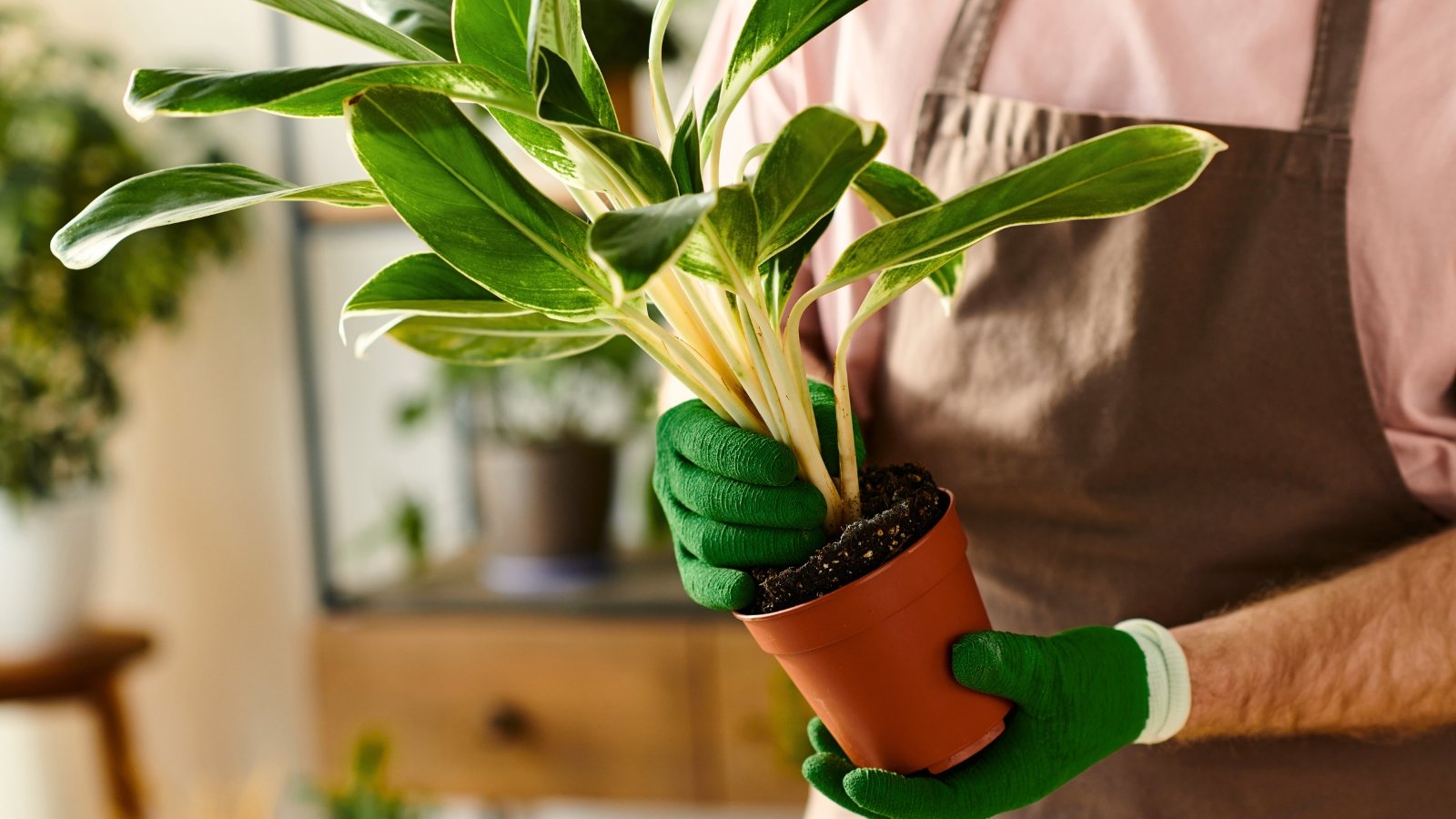
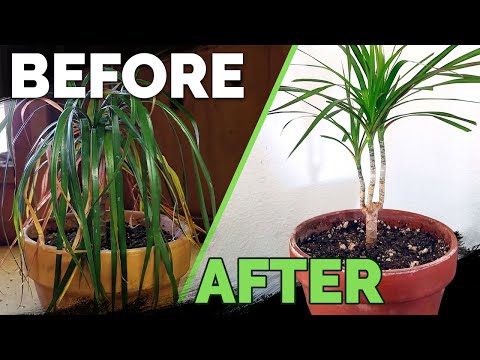
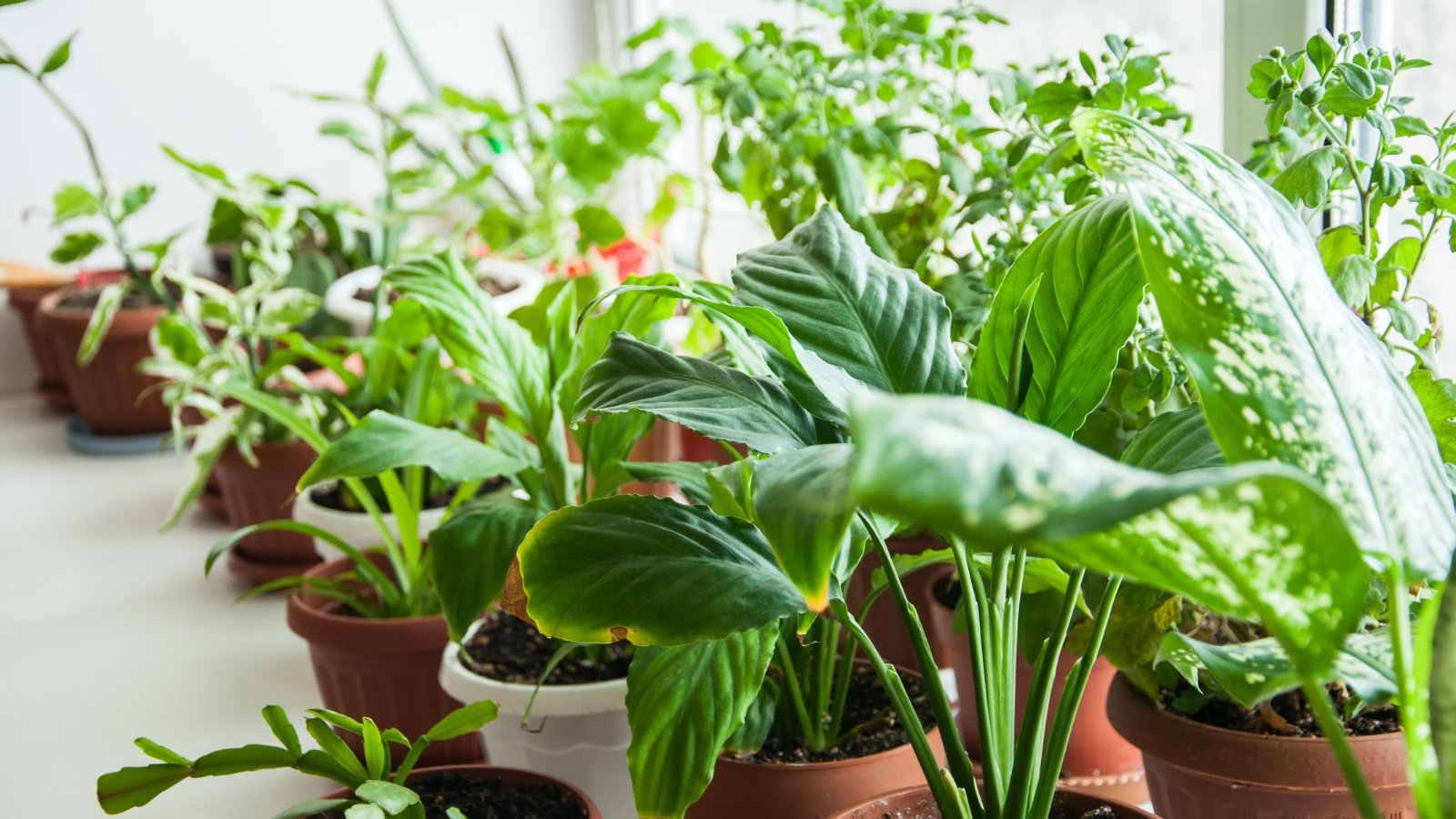
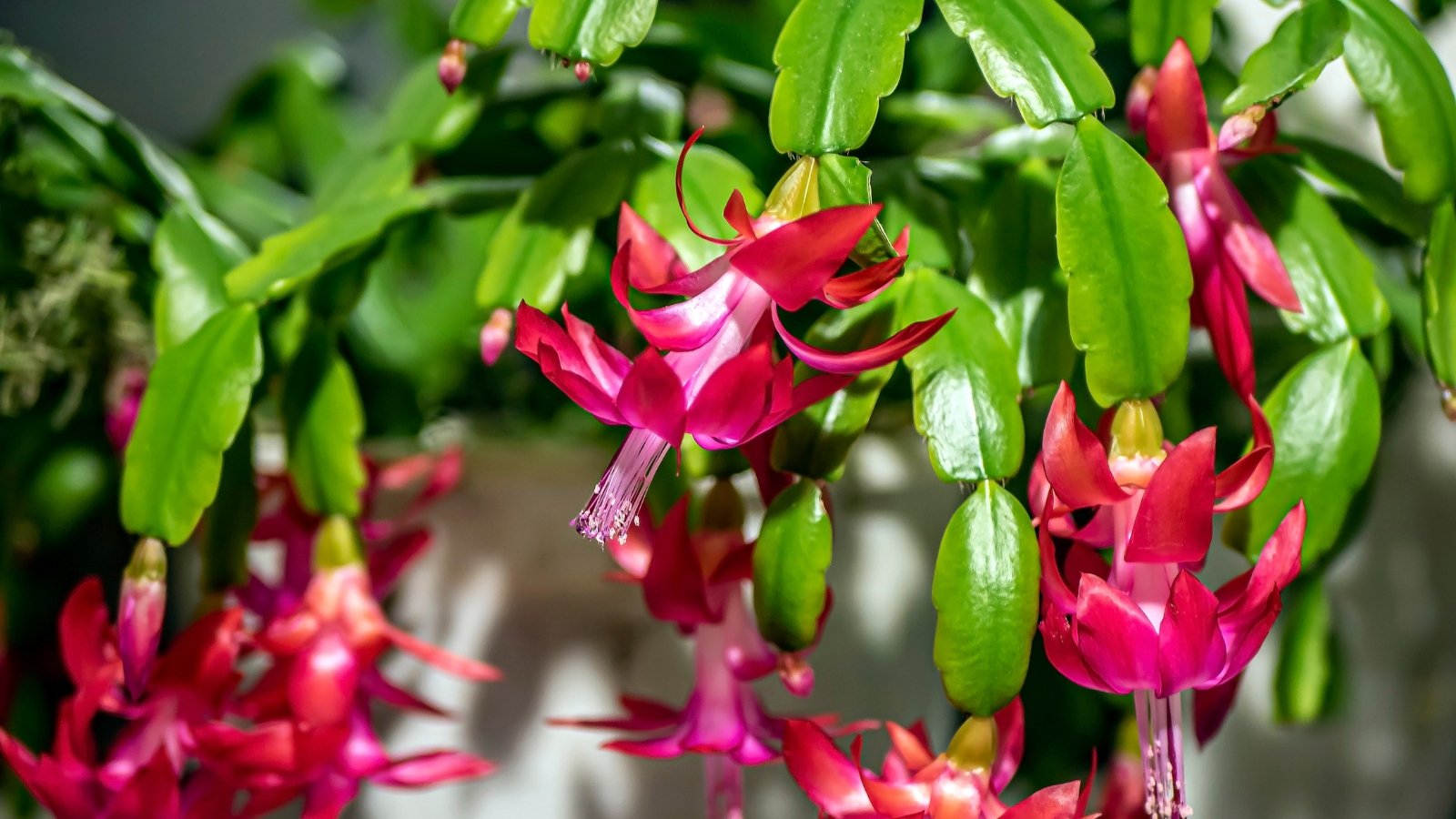
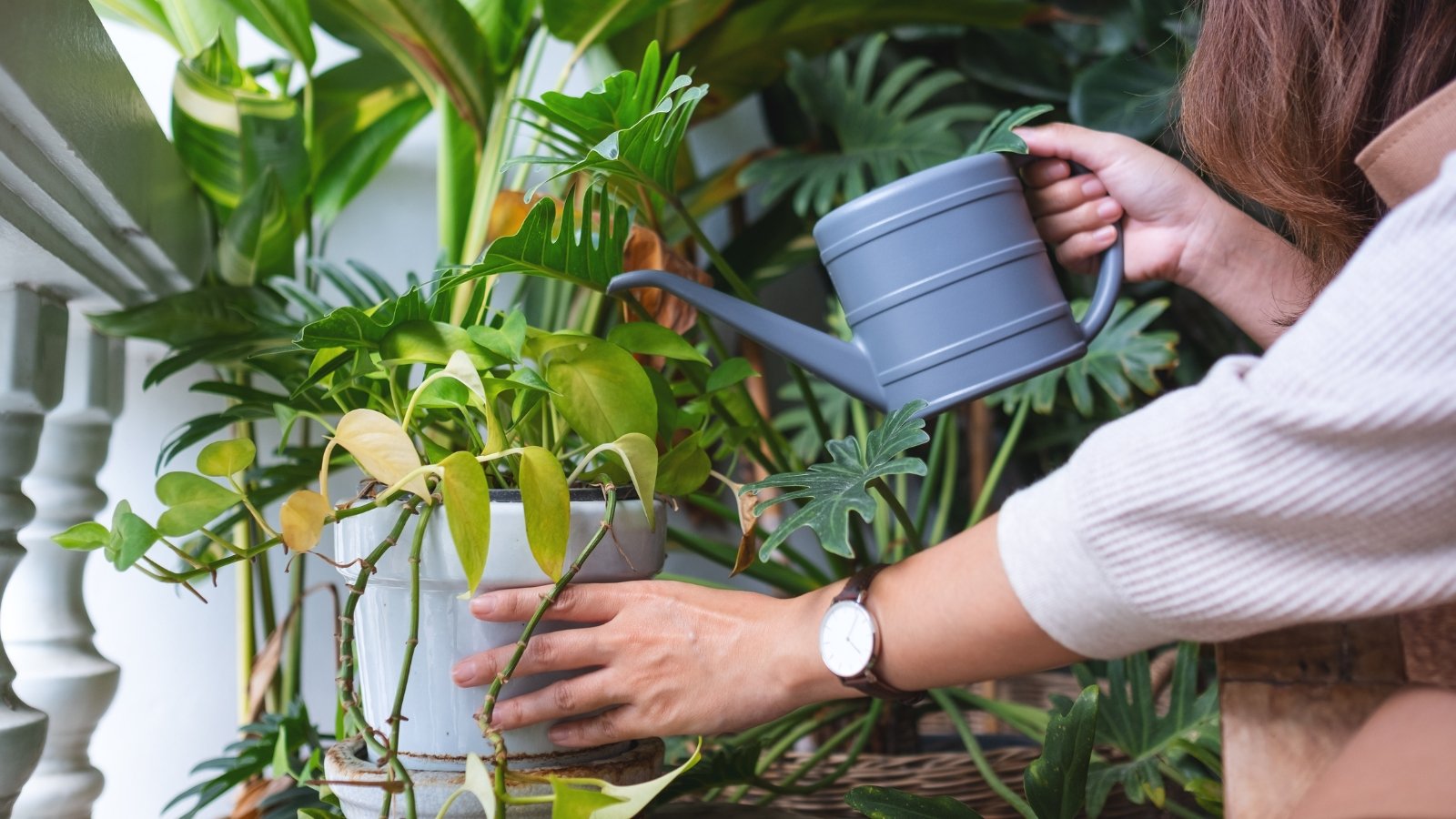
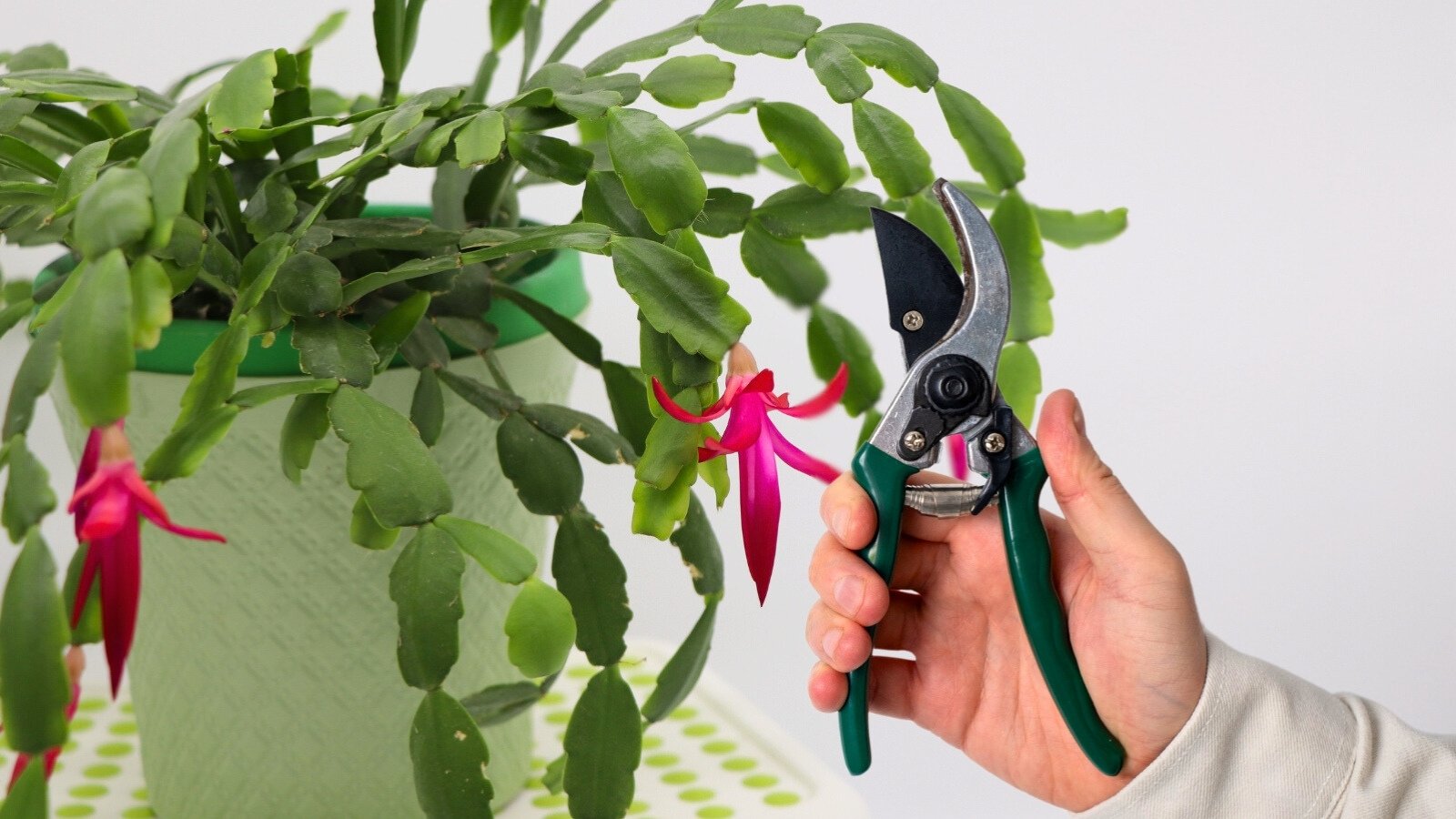
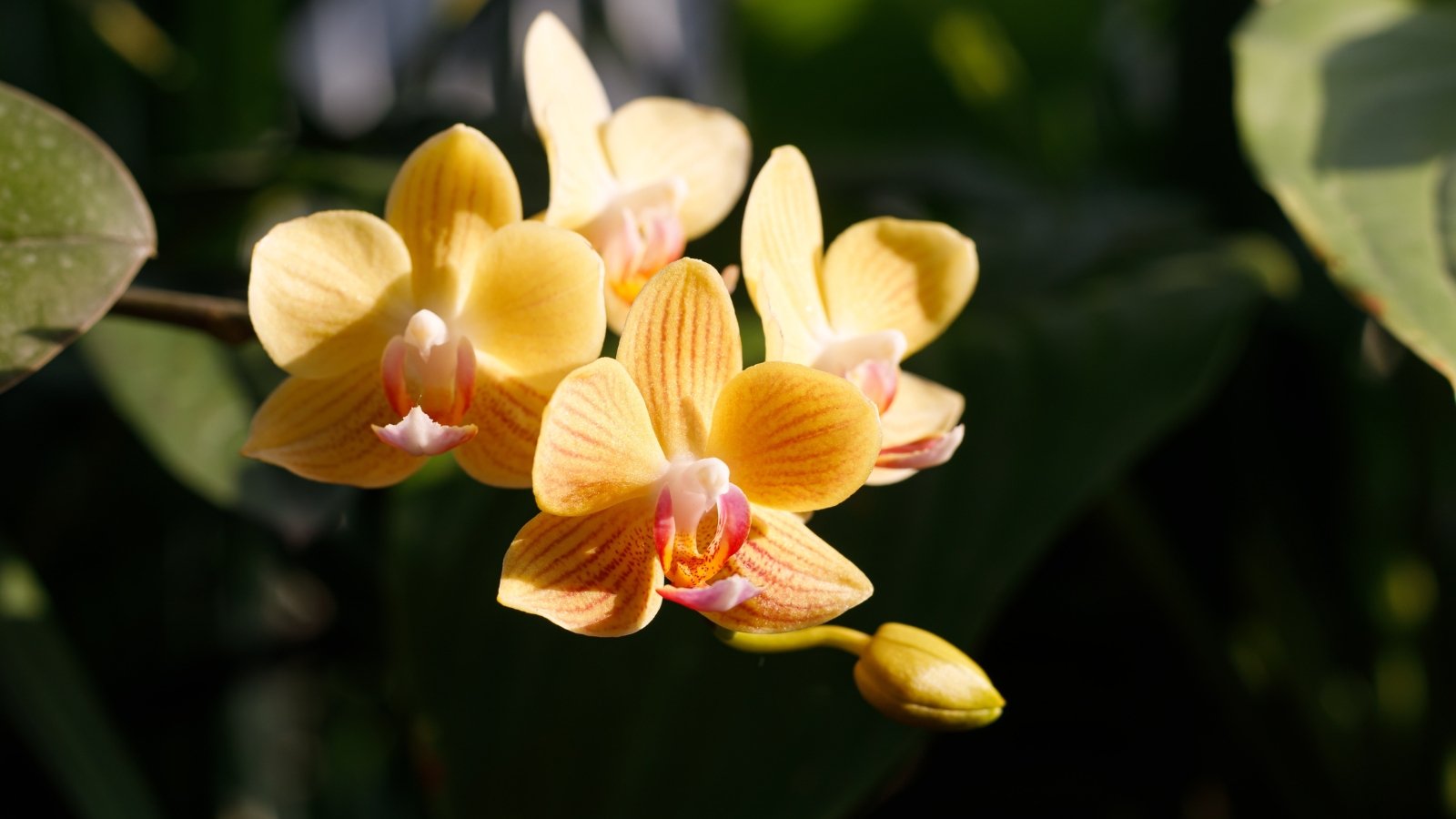
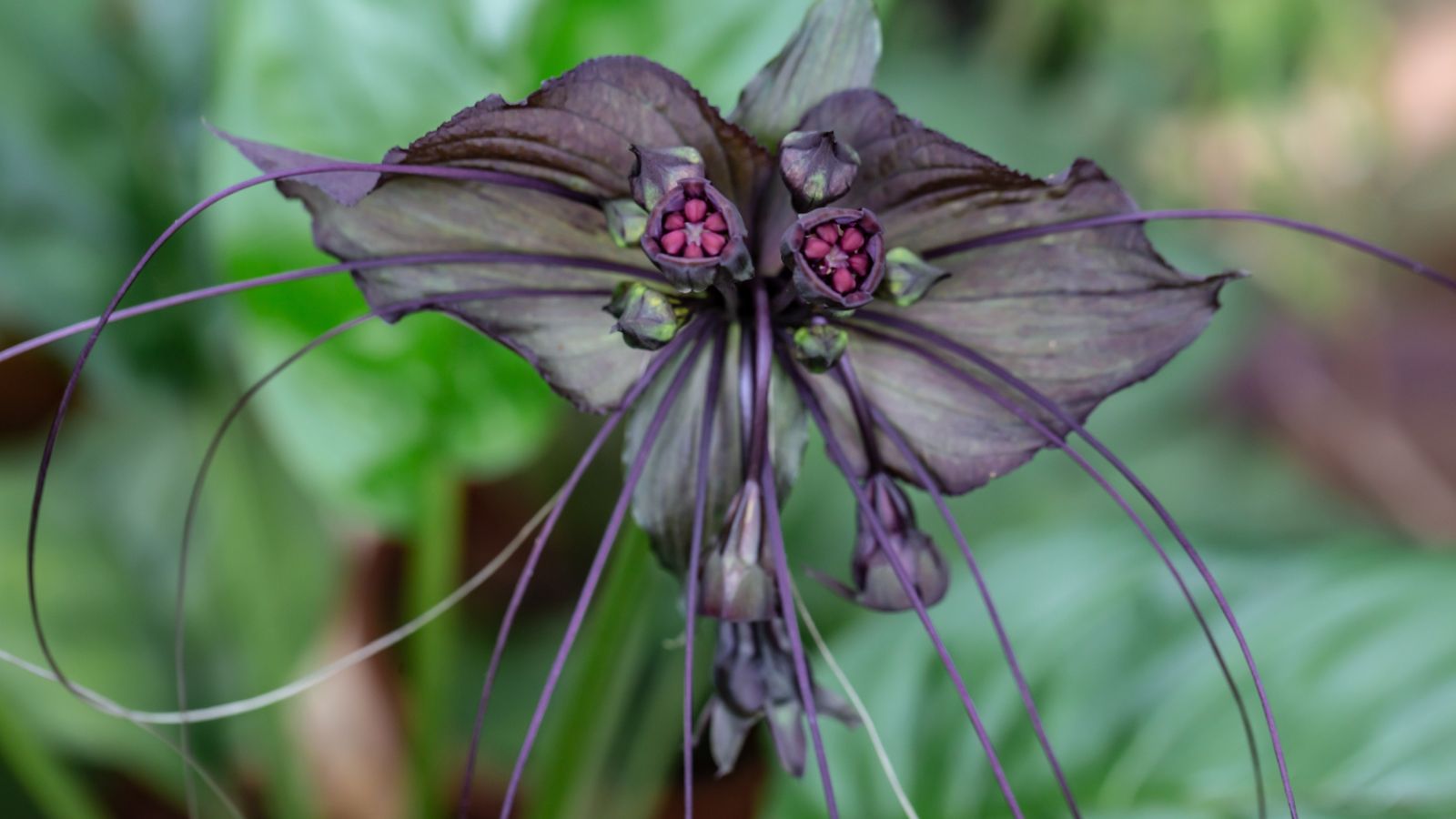
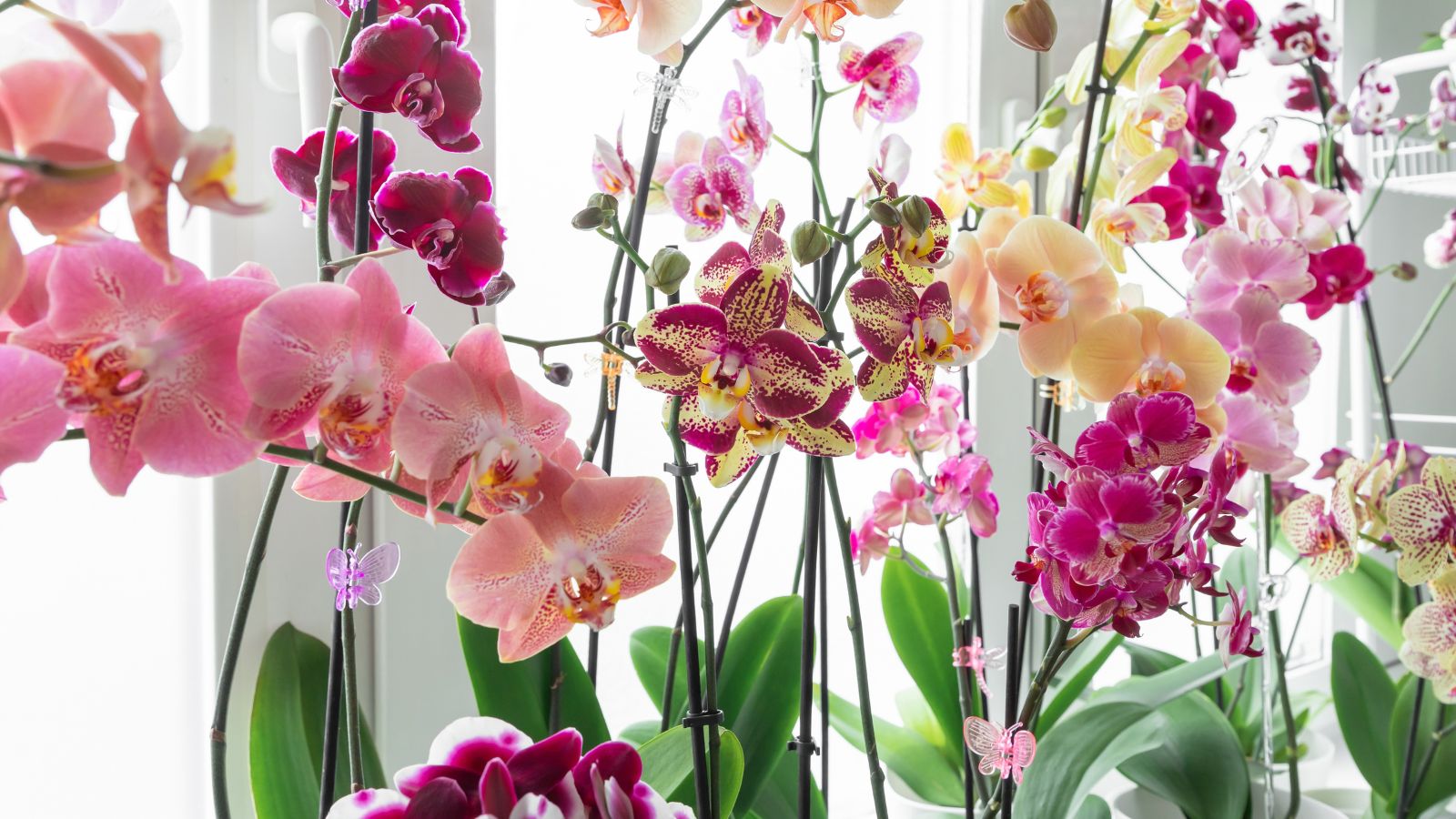
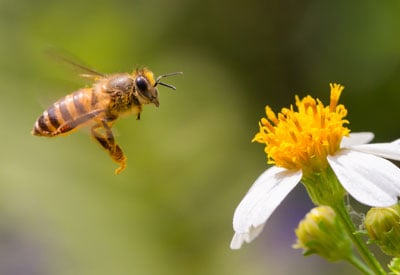
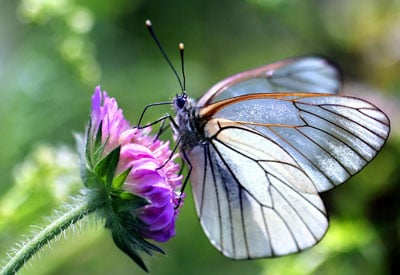
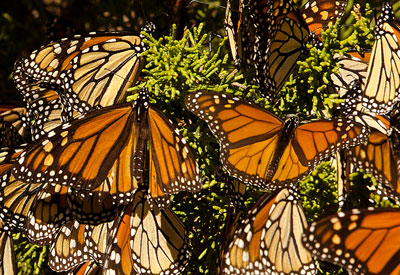
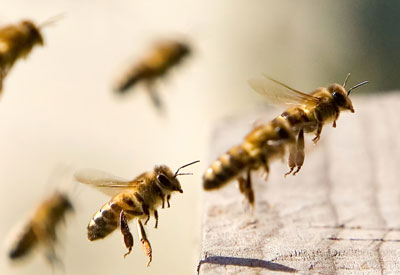
Leave a Reply